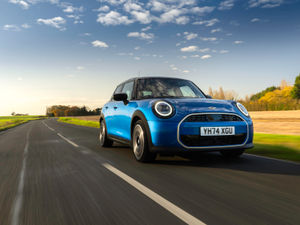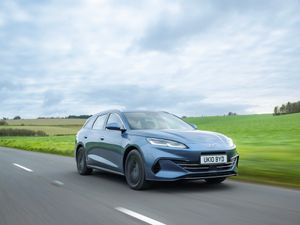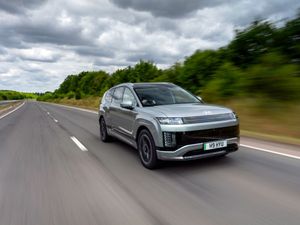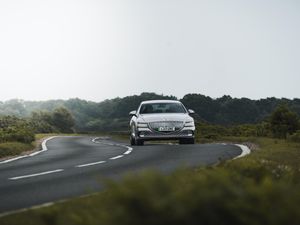First Ride: Honda’s Transalp is here for those big-distance adventures
The smart-looking Transalp has plenty of tricks up its sleeve and Jack Evans has been discovering them.
What is it?
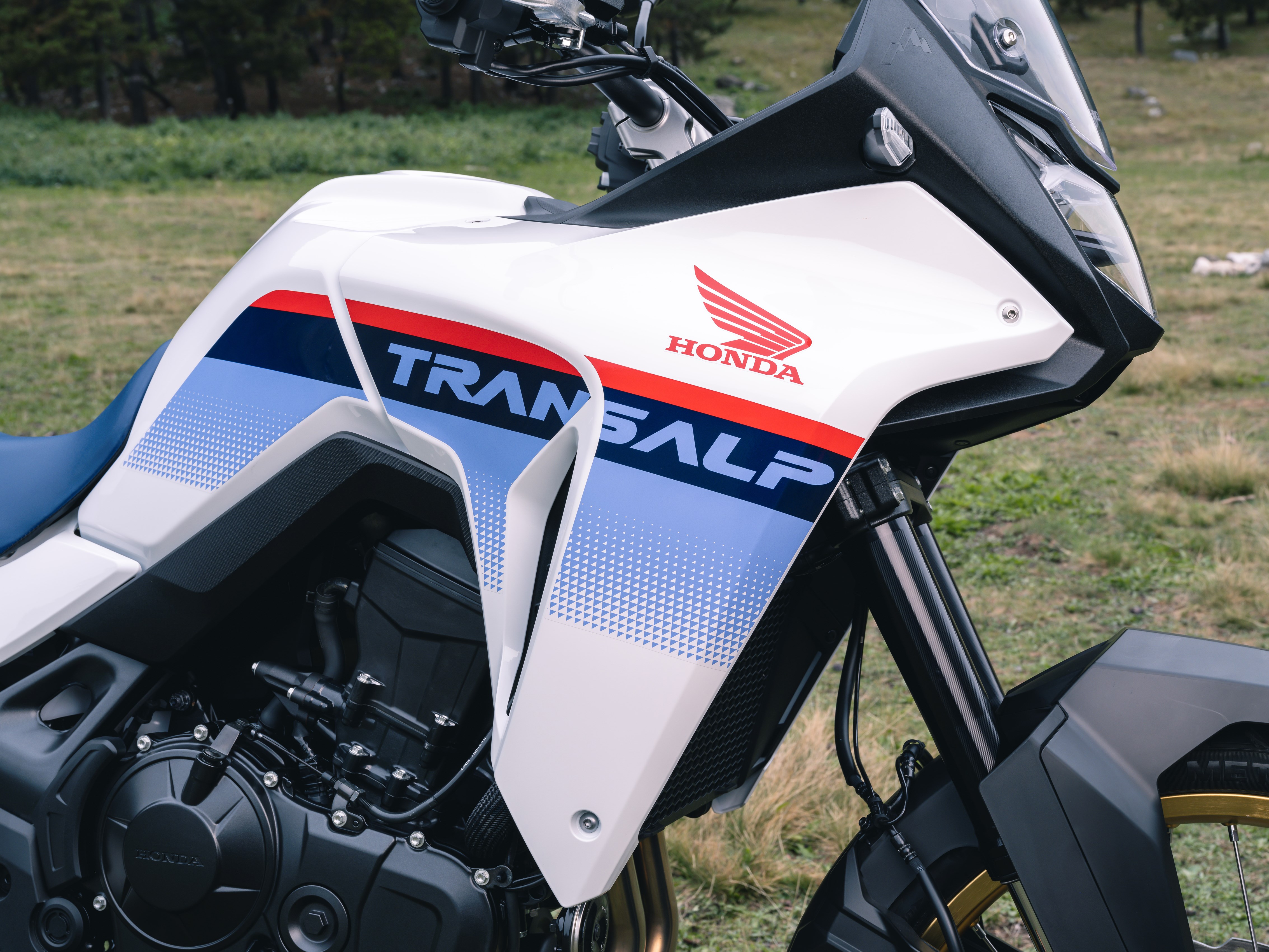
>
The adventure motorcycle segment is showing no signs of lessening in popularity. Much like crossovers and SUVs in the car world, when it comes to life on two wheels it seems that sitting up high and having a little extra go-anywhere capability is a real hot topic at the moment. Honda has huge heritage in this area, but its latest offering – the Transalp – aims to build the success of the 1980s original while appealing to a newer audience.
It pinches the engine from the recent – and very good – Hornet, but transplants it into a more adventure-focused, long-distance bodystyle. We’ve been finding out what it’s like.
What’s new?

>
It’s not just the engine that the Transalp borrows from the Hornet – it’s got the same frame, too. However, Honda has beefed it up a touch to ensure that it can cope when you turn away from the main road while, obviously, there’s a far higher-up seating position alongside increased suspension travel and upgraded brakes for better stopping power.
What’s it designed to do? Well, whereas the Hornet has a more on-road focus with an attention towards those favourite twisty roads on a Sunday, the Transalp is designed for longer days in the saddle with the occasional venture off-road. Plus a relatively lightweight construction should help to make this Honda relatively cheap to run.
What’s it powered by?
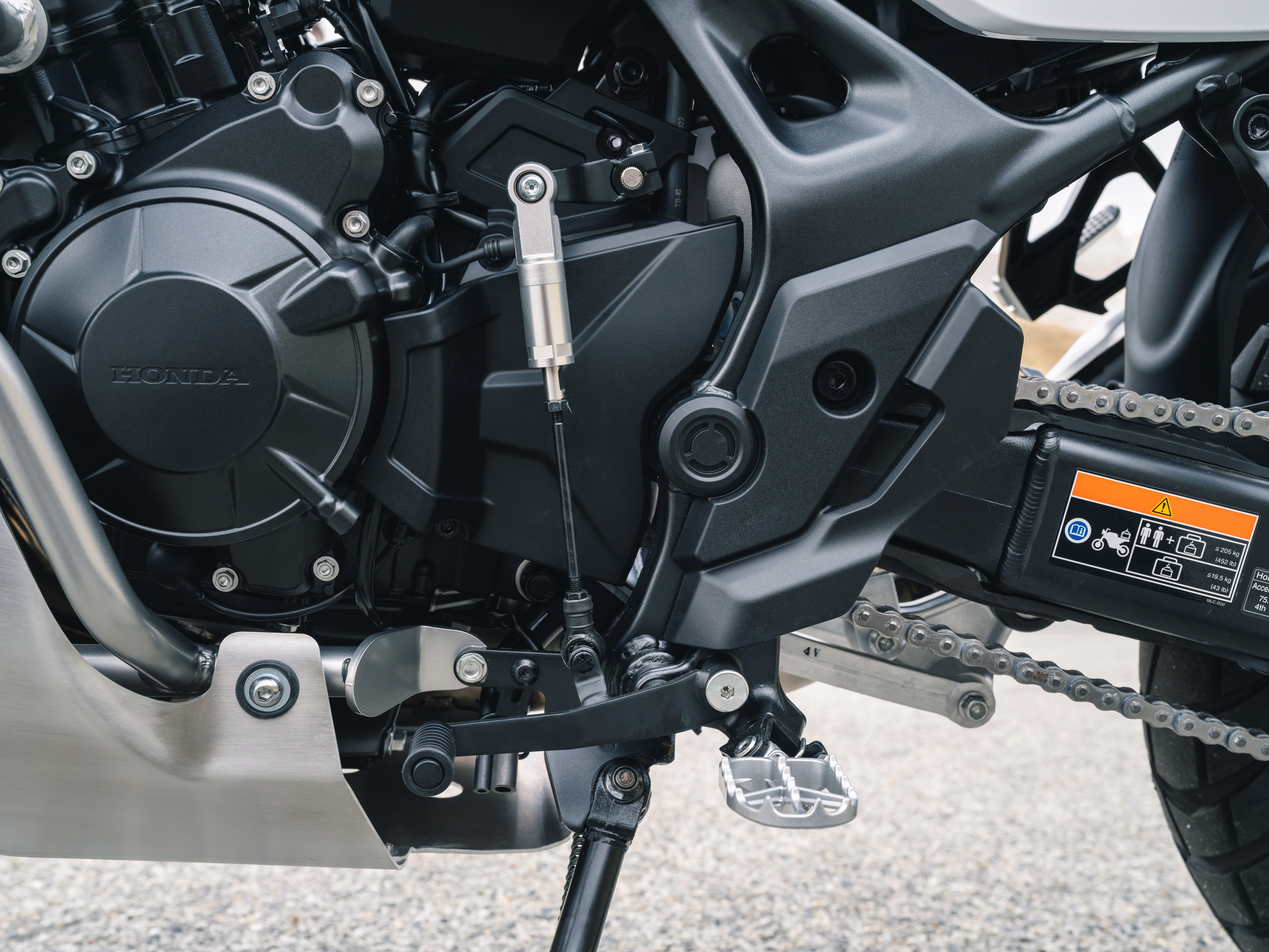
>
The 755cc parallel twin engine which played such a starring role in the Hornet takes the leading role in the Transalp and it’s no less impressive in this application. With 91bhp it’s not completely overburdened with power – and means it can be restricted for A2 licence holders – while 75Nm of torque delivered at 7,250rpm encourages you to spike the engine a little harder to get the best from it.
A six-speed transmission ensures you’ve got a top gear to maintain a steady, comfortable cruise, while Showa front forks with 200mm of travel ensure that even the worst bumps can be dealt with happily. You’ve also got four riding modes – Standard, Sport, Rain and Gravel – to easily and quickly tweak the bike’s settings depending on the scenario. There’s also an individual ‘User’ mode where you can pick and choose from the various settings.
What’s it like to ride?
The Transalp might look like a big, intimidating bike to ride but it’s actually got a very friendly seat height – at 5”11 this tester had no problem putting both feet down when at a stop. It means that, right from the start, it feels as if you’re sat more ‘in’ the bike rather than ‘on’ it and this will surely go down a treat with shorter riders or those who feel anxious about riding a larger bike.
The main screen is clear and easy to read while the main controls and selectors have a nice rugged feel to them. The indicators are intuitive and don’t require much effort to use, either. The seat is long and easy to get into position on, but the padding does feel a little thin in places – it’d be nice to have a little extra cushioning, particularly on longer rides. The motor, as it does in the Hornet, has a superbly rounded feel to it with torque available whenever you need it. There’s loads of roll-on performance and even on the motorway at higher speeds it never feels out of puff. It’d be nice to have a slightly more noticeable exhaust note, but we’re sure that this could be fixed with an aftermarket silencer – though the Transalp still has a decent enough sound as standard.
How does it look?
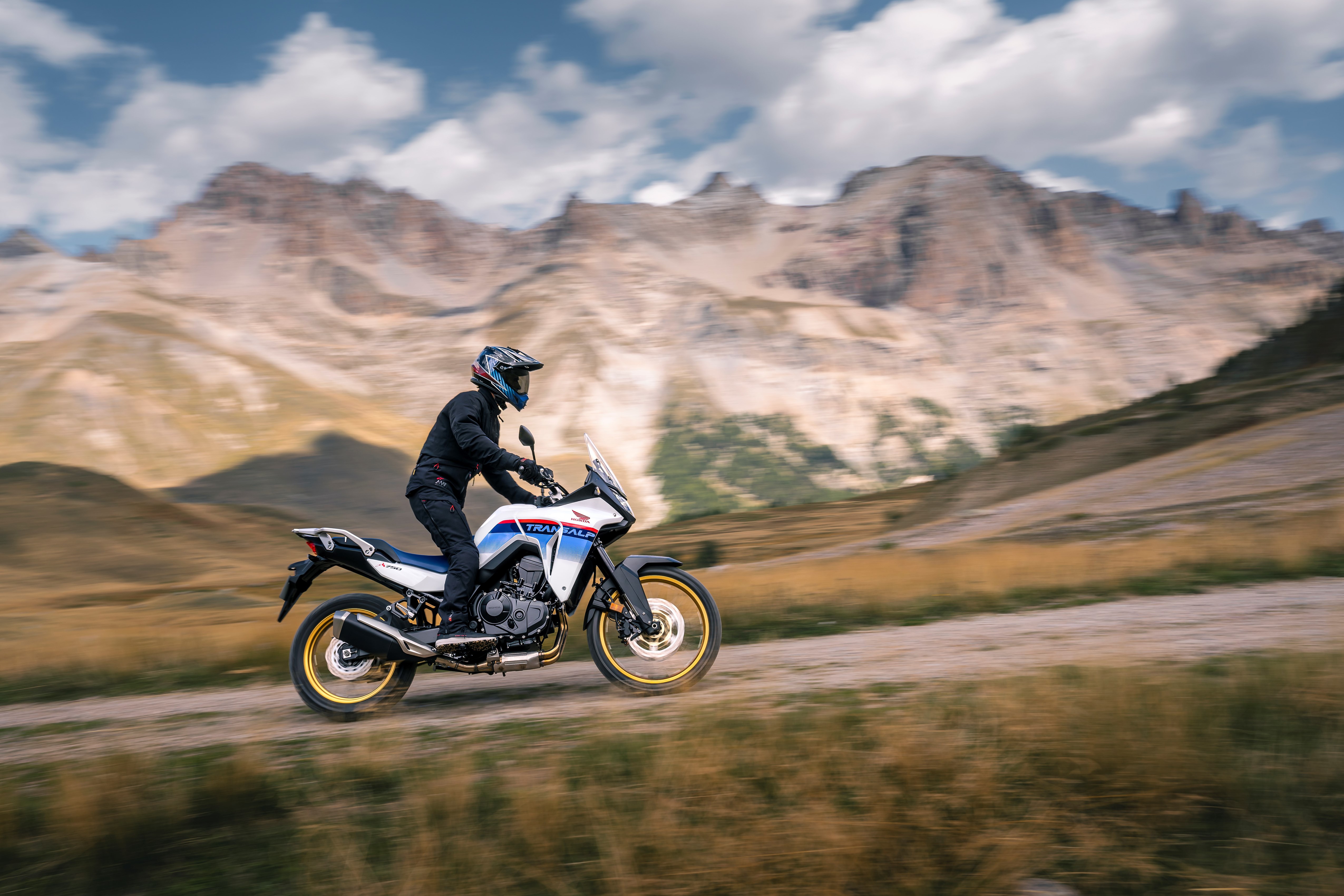
>
The Transalp has all the look and feel of a true adventure bike with some a healthy dose of modern touches thrown in for good measure. Three base colours are available – white, black and grey – and our test bike’s white with contrast blue decals looked the absolute business in our eyes, helped no end by the striking gold wheels. Though the front screen is relatively compact it does a good job of directing the wind blast away from your chest, though it does have a tendency to channel directly at your head instead.
You can also tailor the Transalp to your needs through a variety of different packs. The Rally Pack, for instance, adds in a quickshifter, bash plate and off-road footpegs – alongside knuckle guards – and clocks in at £1,100. In truth, each pack for the Transalp is good value, but go easy with them otherwise, the cost can quickly ramp up.
What’s the spec like?
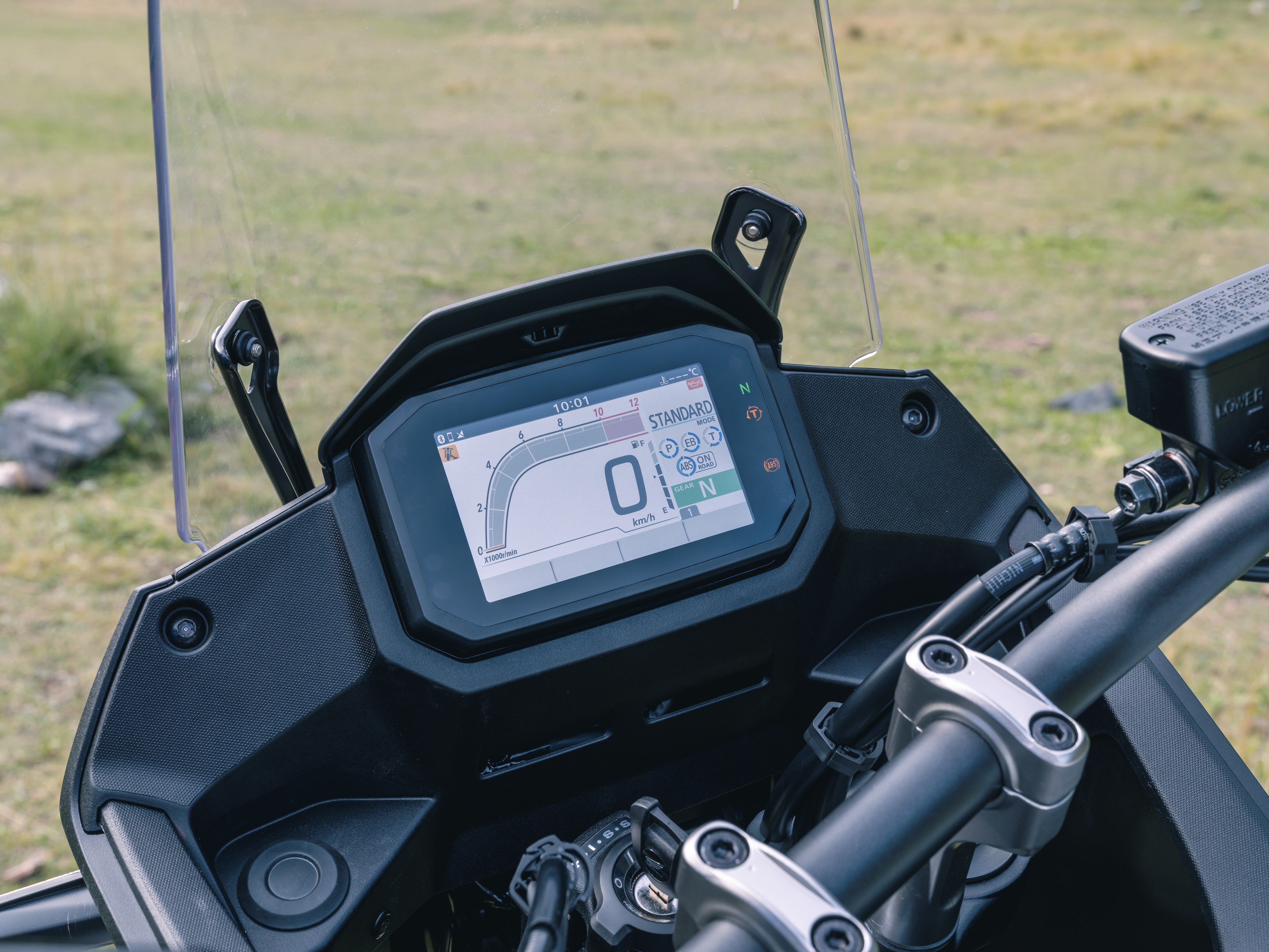
>
The Transalp comes in at £9,699 before any of those packs have been added, which represents good value considering the level of versatility you’re getting. The five-inch colour TFT display that you get as standard has a really good sharpness to it and you can cycle through different readouts and settings easily, too. It’s also got Honda’s Smartphone Voice Control system installed within it, which connects to your smartphone via Bluetooth – and a helmet-mounted headset required separately – and means you can take controls or control audio via the bike’s in-built system.
All bikes come with LED lighting as standard, while the rear indicators feature an Emergency Stop Signal function which will see them flash automatically if the rider has to stop quickly.
Verdict
As we’ve touched upon, it’s a crowded market in which the Transalp sits. However, thanks to its clever design and intuitive setup, it’s a bike which would prove accessible to new riders while still offering opportunities and challenge to seasoned bikers. Honda’s parallel-twin engine continues to shine in this application, too, where it provides loads of performance, even if we’d like to see a little more character.
The optional packs ensure you can make the Transalp just as you’d like it but, even without these, it remains a hugely rewarding motorcycle.


